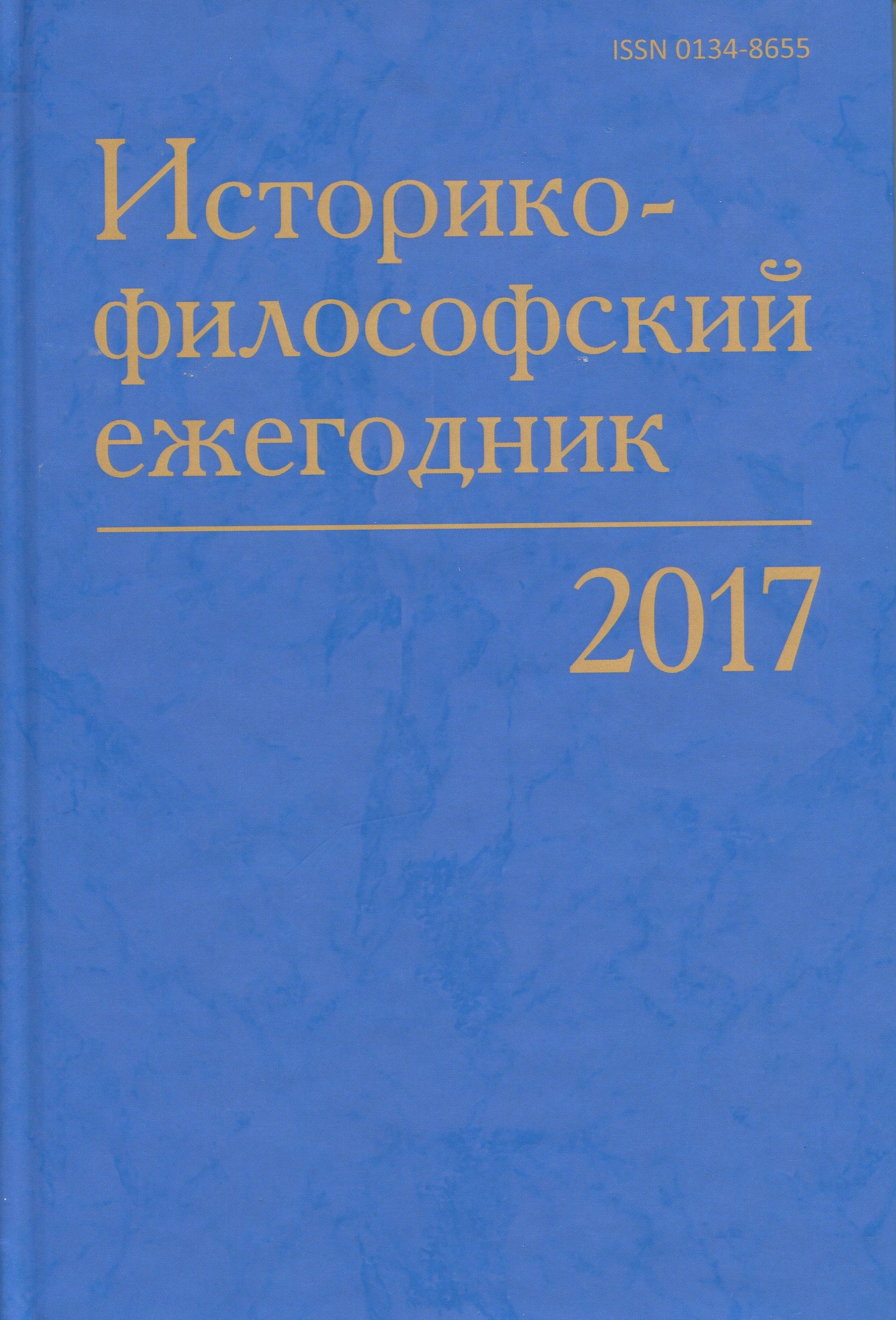On the Difference Between Terms and Words in Kantʼs Critique of Pure Reason
Keywords:
Kant, thing in itself, thing per se (vestsch sama po sebe), subject in itself, tautology, appearance, irrelativeness, independence, transcendental, empiricalAbstract
The difference between analysis and interpretation is the basis for studying the contexts in which the Kantian term Ding an sich operates, as well as other terms that include the structure an sich. Based on the difference between irrelativeness and independence, translations of these terms in five editions of the Critique of Pure Reason in Russian are analyzed. The difference between terms and similar language expressions that are not terms is considered. Particular attention is paid to the distinction between the competing terms «Ding an sich selbst» and «Sache an sich selbst», as well as to the term “Affizierung”, which does not exist in Kant’s language but is used by Russian translators and researchers. The tautological character of the definitions of things in themselves and of phenomena in Kant is clarified. The basis for the variety of interpretations of the “thing-in-itself” is revealed. In any discussion of any objects, there is always an explicit or implicit, reference to experience. No exception is any argument about things in themselves. When trying to describe them, they acquire, in the final analysis, the characteristics of cognizable and identifiable things that function in different spaces of the human world.

